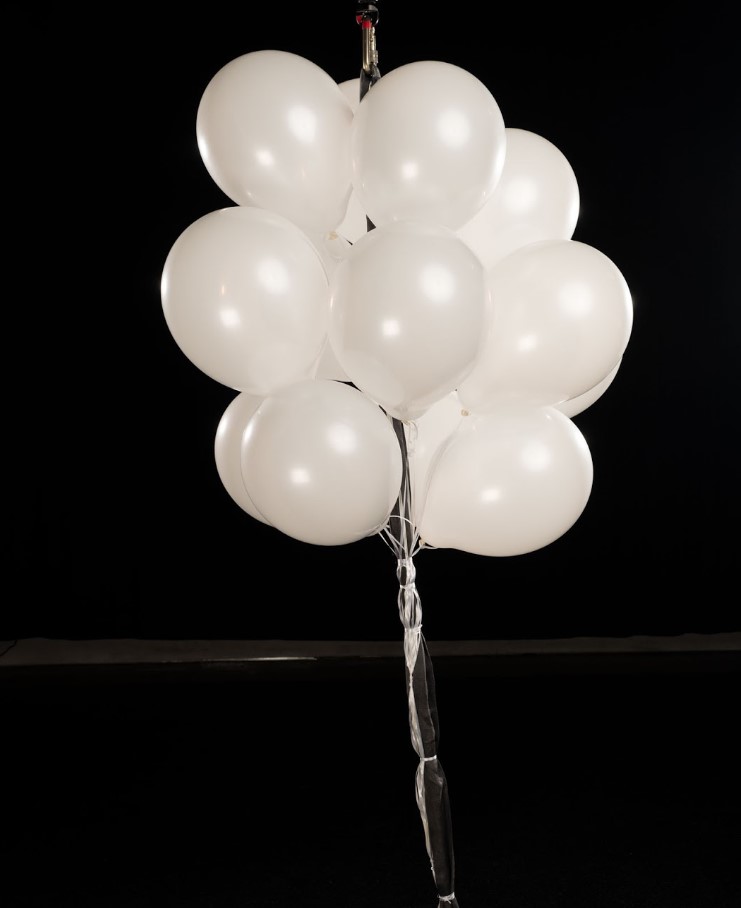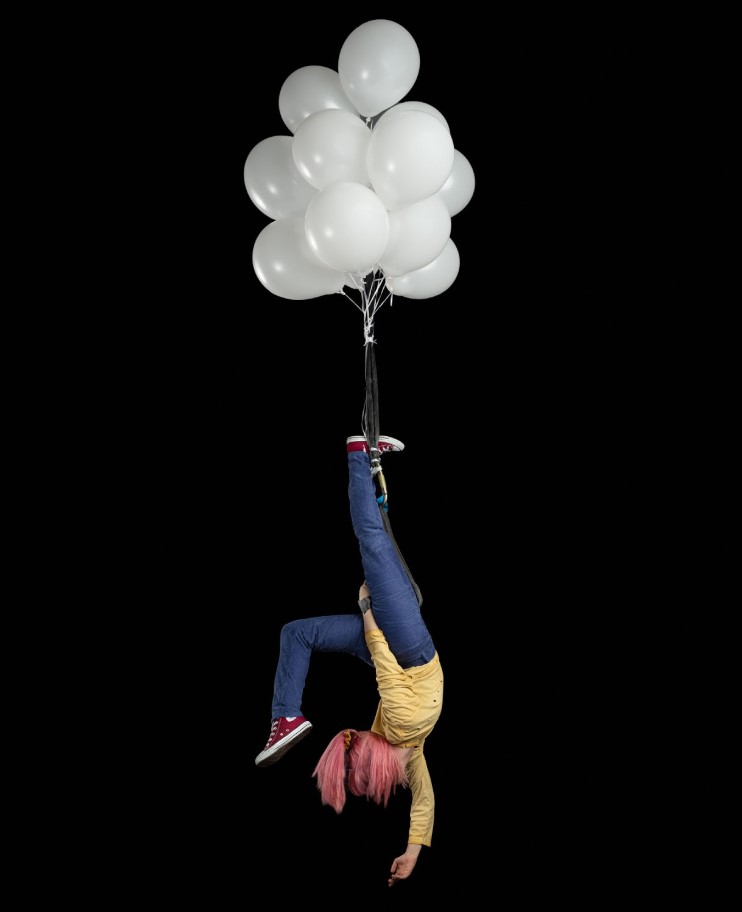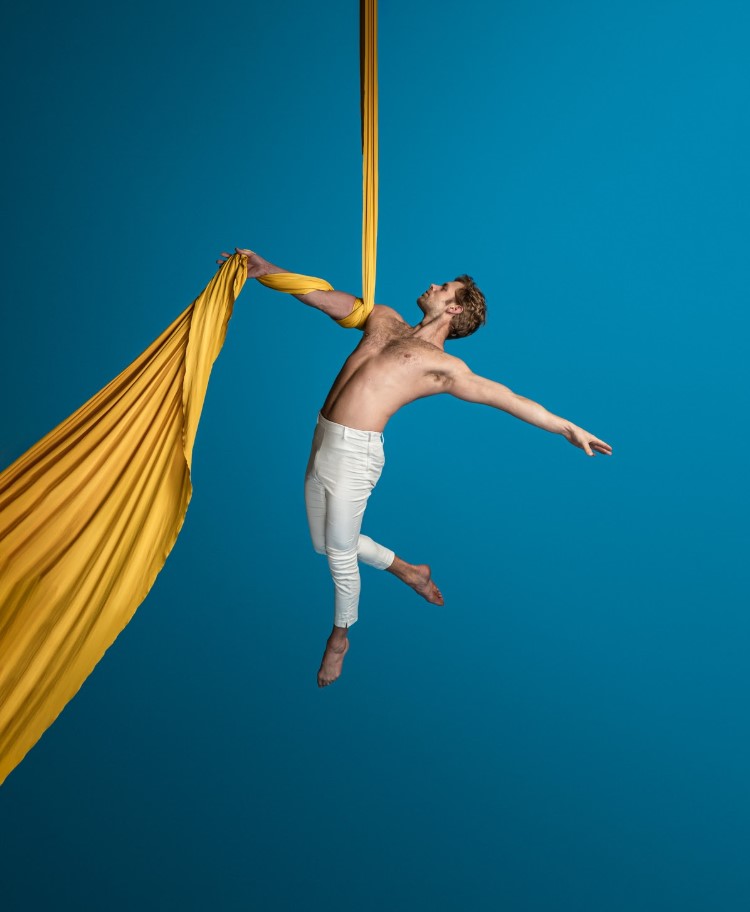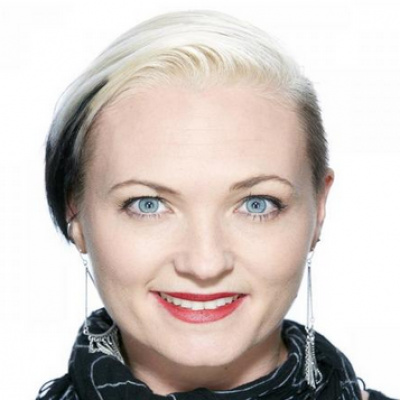When a Selfie Won’t Do: How to Find the Right Circus Photographer
In our visual world, one of the best ways to promote your talents and yourself is through photography. Used properly, strong images can tell a story of you as a person and as a performer, often making an impact on potential employers, clients, and audiences before they have read anything related to your education or experience. Despite advances in personal technology and everyone’s love of a good selfie, investing time and money in a professional photoshoot with an experienced photographer is going to pay dividends in the long term.
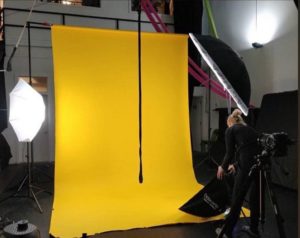
Kala Lowson began experimenting in the world of photography in the summer of 2016. She honed her craft like many photographers do, by getting out there and taking lots and lots of pictures. When she returned home she would explore the different ways she could fine-tune those images through editing. Around the same time, she began her circus training. Naturally, she became interested in photographing her peers. Lowson then founded Kaylens Photography in 2017 and now specializes in professional and personal circus photography. Lowson has assisted in putting together a list of Dos and Don’ts to help you get started creating a personal brand or to tighten up your existing professional portfolio.
DO Expect to Get What You Pay For
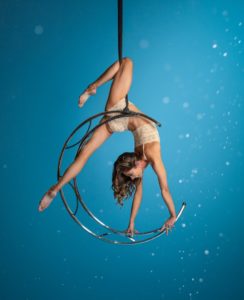
Did you read about a great deal on Groupon? Is someone offering you a special price so they can pad out their own photography portfolio? When funds are tight and let’s admit it for artists they often are, low-priced options for photo shoots seem to be a real windfall. However, you might not always get the most usable images from these bargain-basement discounts. If you are just starting out, Lowson suggests finding a couple of friends and participating in a semi-private photography session. Sharing the costs between 3 or 4 people can reduce prices a great deal. She charges about $200CAD to $300CAD per person for semi-private sessions with each participant getting a 30-minute timeslot. If you are an established professional and you can afford to fork out the additional cash, expect to pay $400CAD to $500CAD+ for a 1-hour private session. It is well worth it because you are going to have a more personalized experience.
DO Check Out a Photographer’s Portfolio, Website, or Social Media
Not all photographers will have a style or aesthetic that is going to fit the image that you wish to portray to potential employers or clients, but there may be something else you enjoy about their work. By checking out a multitude of photographers and their portfolios, you are going to find one that best suits your needs. Do you like the way they capture and edit shots? Oftentimes an inexperienced circus photographer will catch all of the in-between shots or the awkward angles that might shorten or contort the subject’s body. Do they understand lighting? “Going into a shoot, I ask a client what the image will be used for and from there I know what I will be able to do with the lighting… directional, bright and bold to show their shape, “ she says.
DO Communicate and Ask Questions
If you are still struggling to find the right fit, ask questions. “I usually have a certain style and that is usually what I will stick with, but if a client wants something different I’m willing to try it,” Lowson says. For example, one artist approached her with the idea of doing a shoot with helium balloons. “She wanted to have the balloons in the photo, but they had to be higher for her act, so they wouldn’t fit. I had to take two photos so that they were both lit evenly and merge them together seamlessly so that she could get her perfect image,” Lowson says. Through communication and adaptability, the two were able to work together to create an image that satisfied the client’s request and returned a great image.
DO Prepare Ahead of Time
A photoshoot is a big investment in yourself. A little time preparing can alleviate stress and help you get your best results. Lowson suggests knowing what you want to do and making a list of those moves and shapes before the shoot is a helpful exercise. “Take a video of yourself performing the moves and screenshot the different angles or poses you want to highlight,” she says.
Costuming is also an important consideration. Choose a costume that is going to stand out against the backdrop and test it to ensure that there won’t be any costume malfunctions on the day you’re shooting. “I always remind people that they are going upside down!” she says. As for hair, makeup and costuming, Lowson says that investing in professional styling is a personal choice. “I love when people dress up and portray a unique character, but basic also works. No one is going to focus on the tiny sparkles you have on your eyelids. It’s about who you are and what you are doing, not your makeup,” she says.
DON’T Let a Photographer Make You Feel Uncomfortable or Unsafe
The photographer’s job is not just to take pictures. A good photographer will make you feel comfortable, safe, and guide you through the process. So, definitely having someone that can guide you and make you feel more comfortable will help you put your best face forward,” says Lowson. Working with a photographer that understands circus-related safety protocols could mean the difference between the perfect image and a nasty injury. You should sign a waiver and having a spotter or assistant on hand for safety reasons is a good idea. If you are shooting in their studio or on location somewhere, ensure that the photographer has rigged the apparatus properly. A photographer should not be asking you to perform a move or pose that you are not experienced in or strong enough to hold safely.
Personal safety is not limited to injury prevention though. Recently, the circus world has had to confront the fact that some people in the community, including photographers, have used their position to sexually harass, abuse, and assault the artists that they work with. “I don’t know everyone’s experiences, triggers, or trauma so communication is really important. I always explain what I’m doing if I’m coming in to adjust their costume. I ask if it’s okay if I touch them and if they consent I still explain everything so that they feel comfortable,” Lowson says. Communication is an important aspect of the relationship, but should never cross the line into coercion. If your photographer asks you to remove your clothing or pose nude and that was not part of your initial contract clearly communicate that you are not comfortable and it is not your choice and you will shut it down and walk away if necessary.
DON’T Pay for Several Extra Shots
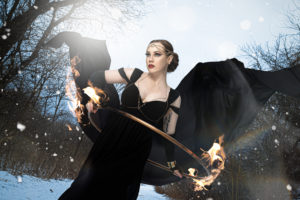
On the day of your photoshoot, your photographer will take hundreds of shots. For them, the more shots they have to work with the better. This may not be the case for you though. You probably only need 3-5 shots from your whole photoshoot — otherwise, it could look too repetitive. If time permits and your photographer is accommodating, an outfit change may be the solution. Otherwise, having 10 photos of you in the same outfit, with the same hair and makeup may not be necessary. If you are a company looking to use photos on a variety of different platforms, it may be smarter to have more, but as an individual, save your money. Additional edited photos can be pricey, costing between $15-$30 each.
DON’T Let Backdrops Distract From You
A potential employer or client is most likely not going to be interested in the beautiful setting surrounding you and in fact, that background could actually be a distraction from the stunning pose that you are holding. Lowson’s advice is to keep it simple and clean. “If it’s a dark background and someone is scrolling through photos they may pass right by yours, but if it’s bright yellow they will go back because it grabs their attention without taking away from your shape,” she says. This is not to say that there isn’t a time and a place for darker or location-specific backdrops. If you are promoting a site-specific show it would make sense to use that as your backdrop. Just be sure you are aware of what you are trying to communicate through the image.
All photos provided courtesy of Kala Lowson of Kaylens Photography. Feature photo: Juggler Patryk Paluszewski in a series of photographs taken on location in The Distillery District, Toronto, Ontario. Additional photos of Leeann Ball, Brennan Figari, and Eman Hillawi. ... Do you have a story to share? Submit your news story, article or press release.



